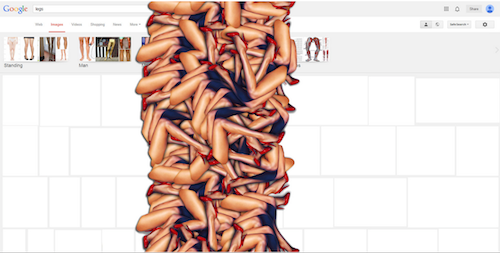DEUS EX MACHINA/GOD FROM THE MACHINE: On Nicolas Mugavero and Chris Sylvester’s OrWorse.Net
BY Divya Victor
In which I talk about reading OrWorse.Net and Nicolas Mugavero and Chris Sylvester talk about making OrWorse.Net
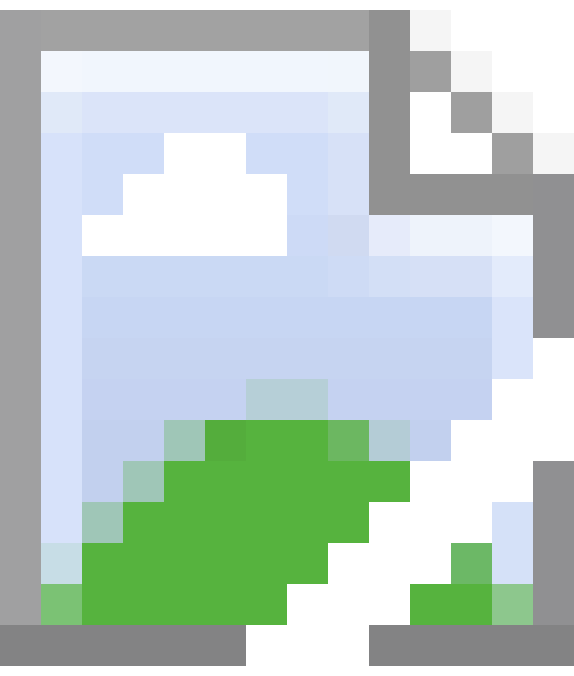
Divya: On 'reading' OrWorse
It has just crossed my mind that Easter is a good time to think about icons. Particularly icons that are made in the likeness of man; particularly icons that tend to be martyred in the service of communication between Man and his God. So, let me begin with the beautiful and transcendent Broken Image Icon.
The broken image icon tells you when 1) an image that you ought to see does not exist 2) the image you want to see is improperly named or 3) the file path that you walk to the image is encoded improperly. It is a symbol of frustrated desire; a broken link in the chain of access.
Many of us grew up with the Netscape’s classic broken image icon featuring a black-bordered squarish piece of paper with a green sphere, a pink pyramid, and a blue cube ripped at the lower right corner. I switched from Netscape to Explorer when I turned 18, so this icon, designed by Marsh Chamberlain, is charged with a specific combination of affects from my 11 to 17 year old body: disappointment, rejection, failure, restlessness, impatience. It smells like Tommy Girl and Noxema and #2 pencil shavings.
More recently, Google Chrome abandoned the abstract idealism of Netscape’s Holy Geometric Trinity—sphere, triangle, cube—in favor of the figural idyllism of the landscape featured on its new icon. Instead of abstract elements, we have a lush natural landscape—rolling green hills and bright white cumulus clouds floating in a periwinkle tinted sky—ripped in two. The evolution is emphatically uplifting, idyllic, romantic. All it’s missing is “a crowd,/A host, of golden daffodils.” In lieu of geometric elements, we have figural composition—an evolutionary departure that signals Google’s acknowledgement that the viewer-user’s fantasy of access to images on the web results in the cathection of fledgling affects to icons that prevent or predict blocked access to those images. It is also Google's tongue-in-cheek reference to the Windows's XP Bliss wallpaper that stained the early 2000s for all.
Google gets me. Whereas Netscape’s Broken Image Icon told me that I did not have access to an image, Google’s icon tells me that I don’t have access to a picture. In lieu of a picture, I have a picture—Google placates, Google says "there there, look at something else."
We have rich aesthetic relationships with surface graphics like the faux-pixilated landscape of the broken image icon, the folded cornflower blue ribbon icon of Microsoft Word and the shiny and super-real Mac trash-can icon. We also have unacknowledged fantasy relations with these icons:
The soaring Eagle on the postal stamp-shaped icon of Mac OSX Mail pre-stamped “Hello from Cupertino, CA"
The cute burgundy Dictionary icon inscribed "Lorem Ipsum dolor Sit Amet Etiam" (“misery could be pain itself, it may love still”?)
The stacked post-its of the Stickies icon scribbled with “Milk,” “Eggs” and a number for “Lou” (555-7361).
I touch these icons countless times a day with small, reassuring, quick pats. I’ve grown so fond of these icons that I am often surprised to see them on other people’s desktops—perhaps a little resentful or possessive of how they parade around even on public computers. Like God, Google is everywhere. These icons become rich sites of habitual visual cathection—totems that we live with and communicate through and that are yet invisible to us.
The totemic status of the icon (i.e. the fetish of the fetish) is the central preoccupation of the visual art work curated on OrWorse.Net—an evolving assortment of meticulously made objets d'intér[n]êt: visual poetry, net.art, new media, and graphic baubles. OrWorse has piqued my attention to these unacknowledged ubiquities—the high-functioning debris of internet flotsam and jetsam, the gorgeous trash worn smooth by witty, clean editing and design work.
Objects at OrWorse.Net: A Selection Described Using Words In English
OrWorse object xxxii
A composite of countless static elements: A pile of hundreds of identical "women’s" legs (only right legs) that are tanned and bronzed and wearing red stilettos against the backdrop of a Google search for legs. Arranged like a paraphiliac’s wet dream or a Cubist’s worst nightmare and Christian Louboutin’s most transparent advertisement.
OrWorse object vii
A non-interactive composite of one static and one non-static element: A simulation of Netflix’s LOADING screen with a thick and elusively growing film of detergent soap foam or clouds taking over the iconic white text on red flatness. I feel a tiny nauseous pang when I mistake this screen for another screen.
OrWorse object iv
An interactive composite of two elements: Two tower-like columns of repetitive Chinese text are “hit” by a small cartoony American airliner as a small explosion goes off upon contact and I realize that my attempt to scroll down the page has "resulted" in this disaster. Accompanying text explains how a Chinese firm has purchased 50,000 tons of steel from "ground zero." I end up crashing this plane many more times; I feel only slightly guilty.
OrWorse object viii
A non-interactive highly non-static single element page: A bright, scarlet red series of flashing and flickering angular blocks that seem like familiar and also disproportionate parts of something—I can almost make out the letter X or A or M. A single circle of scarlet remains at the center. The blue, circular afterimage of this scarlet dot stains multiple other objects.
OrWorse object ix
An interactive, non-static and very "mobile" composite of multiple elements: A series of images of black and white wireless modems (3COM, Siemens, Linksys) float against the wallpaper which endlessly repeats the motif NPC in a uncannily satisfying ballet of white and black plastic swans like an parodic meditation on the funereal tragedy of every outmoded modem; every router put to rout.
The experience of browsing OrWorse is hard to describe. In part because one does not really “browse” the website—certainly not in the sense of casually looking around or (if you are a ruminant) grazing off random patches. Rather, one “visits” the website—in the sense of a pilgrimage to Notre Dame or a visit to your weird aunt (with the stuffed poodle that’s always staring at you)
Each visitation yields a new encounter with images and a flux of icons that act like morphing Rorschach tests for my imagination—all of which fail to yield any clue at all to my own psychology. I barely even exist as a viewer here. The site does not even need me in front of it right now.
Right now, there are more than thirty discreet "objects" being curated in discrete stations on the site. The authorship of each piece is obscured, as is the editorial presence of the two agents behind this incredible reliquary—Nicolas Mugavero and Chris Sylvester.
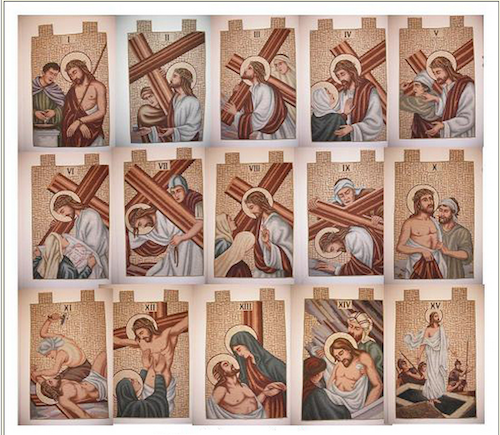
I stop at each one, linger on the image or the crosshatching and curious arrangement of icons, pore over the broken links between all possible fantasies that they evoke, genuflect, and move on to the next station. In this way, the visitation feels like the Stations of the Cross—this image is condemned to death, this image carries a cross, this image falls for the second time, this image is mounted, this image dies, this image is entombed. Or, more precisely, the work I undertake feels similar to my child-body doing these acts in Churches around this time of year. I’m supposed to be contemplating really complex things: sacrifice, godly compassion, universal forgiveness, human suffering. But, I can only focus on Jesus’s bloody hair, his pectorals, his ecstatic eyeballs, the strategically placed loincloth, the repeating motif of the cross at impossible anti-gravitational angles.
My contemplation of the images at OrWorse recalls my failed contemplation of the original Icon—the Christ figure and his ubiquitous, hyper signifying body, bleeding all over the place and into every room and every crevice of my life. Like that icon, in OrWorse, the icons of online environments and computer interfacing return in all their glory, wearing their thorny bleeding heart on the outside of their hands for all to see. They rain down from glowing golden revolving $ signs or are laminated in gold and suspended over coils of USB wires—the new golden calf, the new Icon at the altar of my own attention. It seems to me that the curators have used the icon to break the icon—they are, quite literally, iconoclasts. This is the body of the Icon, broken for you—take it and eat it at OrWorse.Net.
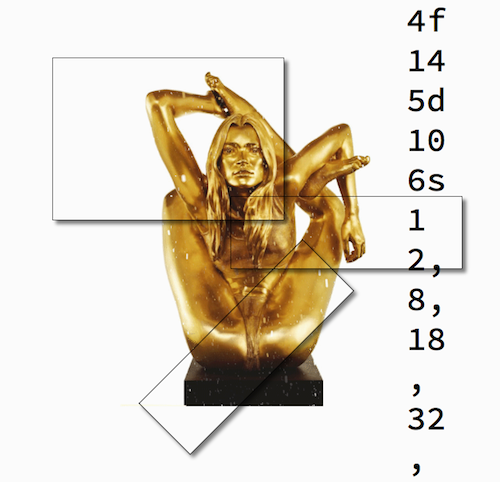
Nicolas and Chris: On Making OrWorse
First, you need to find yourself some amber with a fossilized mosquito inside it. Amber is generally found in rocks of the Cretaceous age or younger. Most of the amber in the world comes from Russia. (Here is a link on how to renew your passport: http://travel.state.gov/content/passports/english/passports/renew.html) You can either collect amber as it washes up from the seafloor, or you can mine for it (both in open works and in underground galleries).
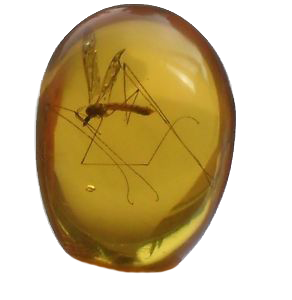
Once you’ve got your piece of amber, you have to clean it up, typically by polishing it on a lathe and blasting it with whitening and water, or rotten stone and oil.
Then comes the hot oil bath, which makes the amber soft and flexible (this will also clarify any cloudy imperfections in the amber). Your piece of amber should look like a transparent orange egg with a mosquito in the middle.
Next you’re going to need a very small drill in order to extract the blood from the fossilized mosquito. These can be purchased at any scientific hardware supply store.
Once you’ve drilled through the amber and into the mosquito, you can extract the blood using a syringe (the blood is in the abdominal region). These can be found at any pharmacy, or if you’re strapped for cash, you can find them for free at places like this: http://ottawa.ca/en/residents/public-health/healthy-living/clean-needle-syringe-program

After you’ve got the blood, you should make sure to preserve it by putting it in a freezer. Cold temperatures stop things from spoiling.

Now you need to sequence the DNA. For a detailed discussion of how to sequence DNA see: http://seqcore.brcf.med.umich.edu/doc/educ/dnapr/sequencing.html
Once you’ve sequenced the DNA, you’ll need to fill in any gaps by splicing it with frog DNA. For a more detailed discussion of how to splice DNA see: http://www.biotechnologyonline.gov.au/popups/int_splicing.html
Note: Don’t forget about parthenogenesis!
Next you have to insert this DNA into a crocodile ovum and create an embryo. We’re not sure exactly how one does this, but it may be as easy as getting your syringe out again. (Actually, using a new one might not be a bad idea.)
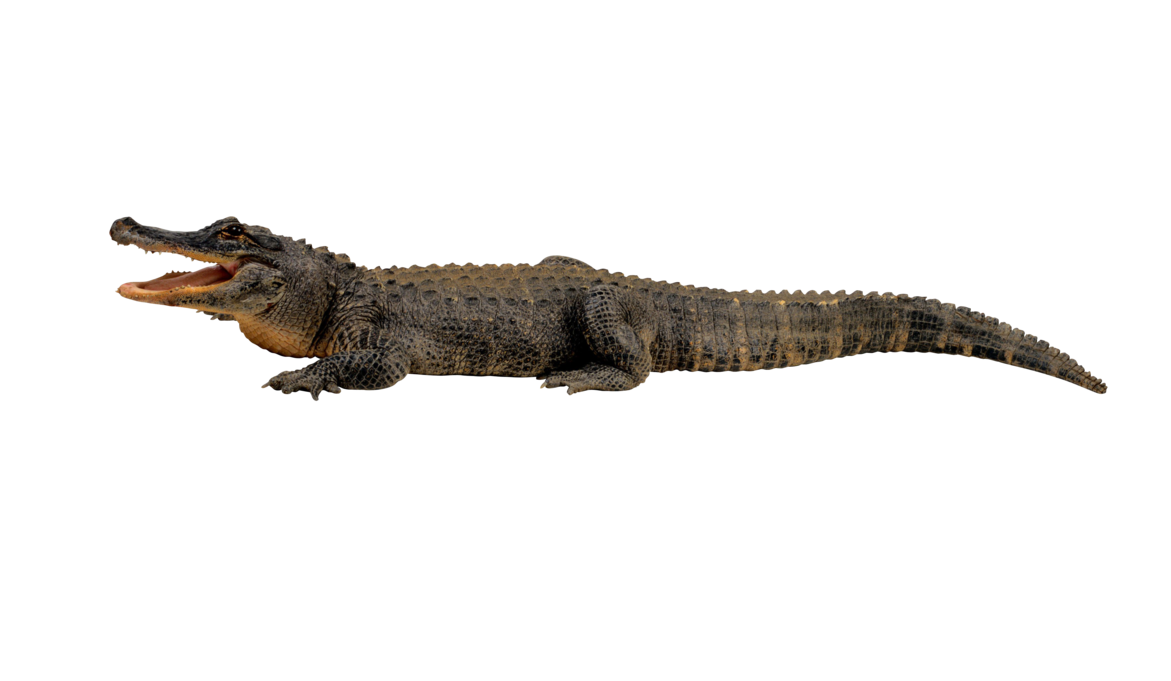
Then you have to put the embryo inside these special plastic eggs with large yolk sacs and a minimal amount of water. We’re at a loss here, but we’re thinking maybe those eggs you get from a gumball machine at the supermarket could work…

Finally, incubate the eggs in an environment with 100% humidity and at a temperature of 99° F.
That’s it!
Suggested Reading
- Andrew D. Althouse, Carl H. Turnquist, Alfred F. Bracciano and Daniel C. Bracciano, Modern Refrigeration and Air Conditioning (Modern Refrigeration and Air Conditioning).
- Stuart M. Brown, Next-Generation DNA Sequencing Informatics.
- Francis Crick and James Watson, Molecular Structure of Nucleic Acids: A Structure for Deoxyribose Nucleic Acid.
- George R.R. Martin, A Storm of Crows
- David Penny, Biodiversity of Fossils in Amber from the Major World Deposits.
- Stuart M. Brown, Next-Generation DNA Sequencing Informatics.
- Predasaurs, Micro Predasaurs DNA Fusion - Single Blister Pack (1 Pack).
- Stefan Stamm, Chris Smith and Reinhard Lührmann, Alternative pre-mRNA Splicing: Theory and Protocols.
orworse is designed to be
consumed on a widescreen monitor
orworse is best viewed in the
Google Chrome web browser
orworse is non-adaptive to
other consuming experiences
it may be possible to contact
orworse at [email protected]
OrWorse.Net is curated by Nicolas Mugavero and Chris Sylvester
Divya Victor is the author of CURB (Nightboat Books, 2021), winner of the 2022 PEN Open Book Award and...
Read Full Biography


